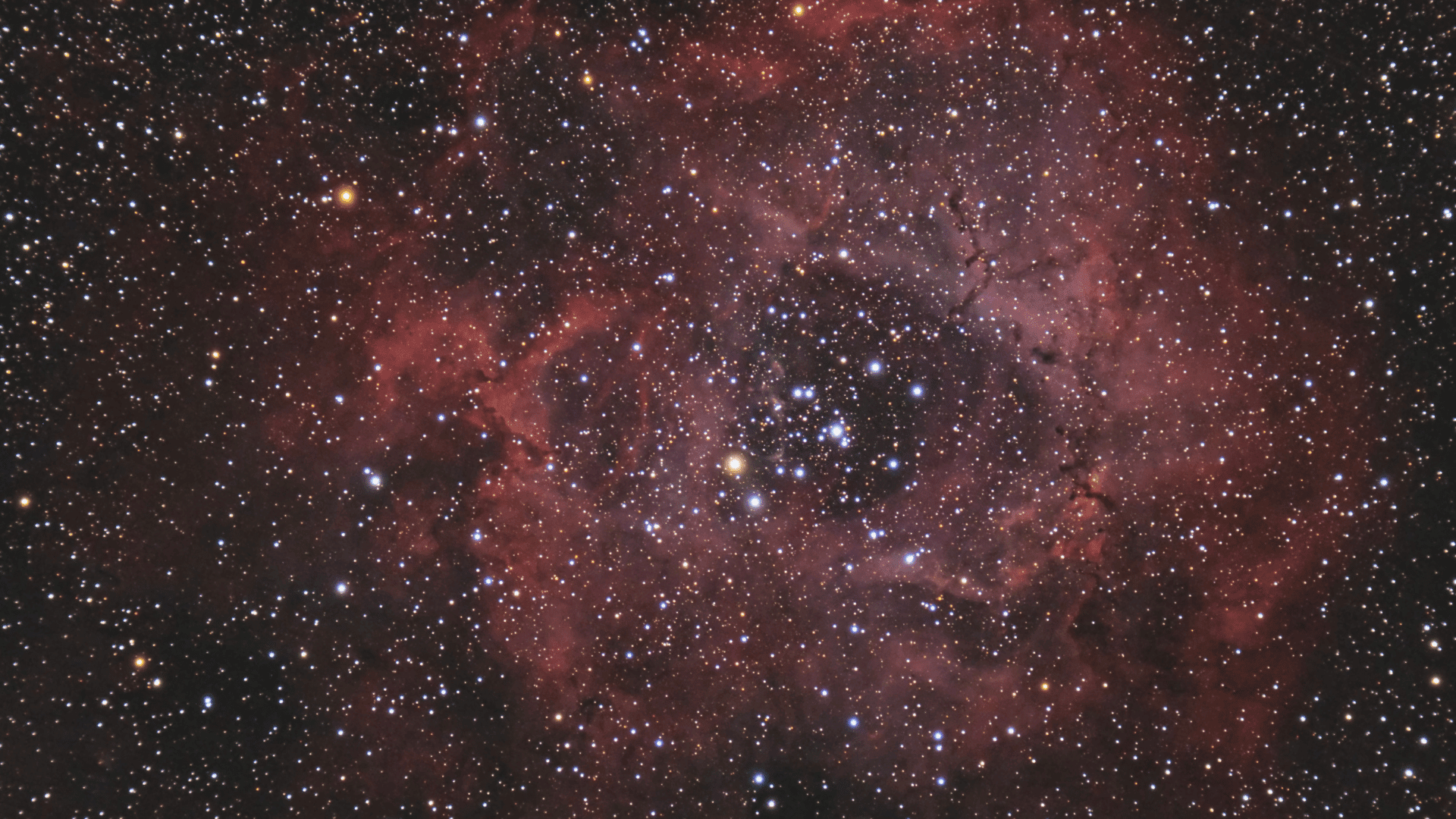The first-ever stars were celestial giants that emerged from the universe’s “dark age” and started cosmic evolution. However, scientists have tried to understand the origins of the universe’s first stars for “eons.” Now, scientists from the Max-Planck-Institut für Kernphysik (MPIK) in Germany are one step closer to solving the mystery.
Researchers reportedly recreated a critical reaction from the early universe, unlocking surprising results that could help them solve the sought-after mystery while challenging previous theories.
Understanding the Formation of the Universe’s First Stars

The Big Bang caused scorching, dense plasma. Following the phenomena, the plasma cooled rapidly and formed the first elements: hydrogen and helium. However, it took almost 380,000 years for the universe to cool enough for the elements to form neutral atoms. This event paved the way for the first molecules. The oldest, the helium hydride ion (HeH+), is said to have played a crucial role in star formation.
According to researchers, a protostar must dissipate tremendous heat before its gas cloud collapses and ignites nuclear fusion. This essential cooling process relies on molecules like HeH+ that can emit energy through rotation and vibration. As a result, the HeH+ ino was an effective coolant in the primordial cosmos. During that period, researchers say, collisions with neutral hydrogen atoms helped in the degradation of HeH+, resulting in the formation of the universe’s most common molecule, molecular hydrogen (H2).
In the MPIK Cryogenic Storage Ring (CSR)’s groundbreaking experiment, scientists successfully recreated this reaction in conditions that mimicked the early universe. They used a “unique apparatus” that stored HeH+ ions and superimposed them with neutral deuterium atoms.
Their findings questioned earlier predictions.
“Previous theories predicted a significant decrease in the reaction probability at low temperatures, but we were unable to verify this in either the experiment or new theoretical calculations by our colleagues,” said Dr. Holger Kreckel from the MPIK.
A team of theoretical physicists independently identified an error in a calculation used in all previous theories, and their new results align closely with the CSR experiment.
Dr. Kreckel said, “The reactions of HeH⁺ with neutral hydrogen and deuterium therefore appear to have been far more important for chemistry in the early universe than previously assumed.”







